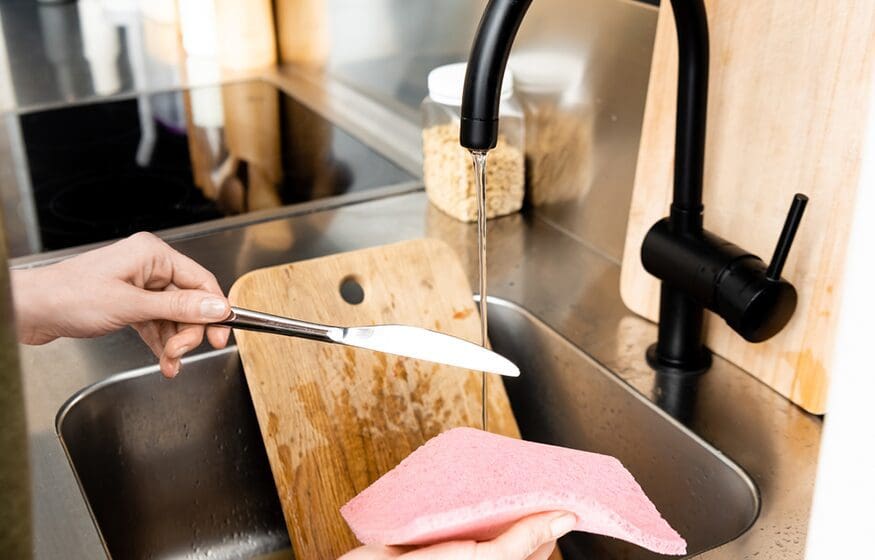Low water pressure in kitchen faucets can be a nuisance, making everyday tasks like washing dishes or filling up a pot considerably more time-consuming. But what causes this common issue and, more importantly, how can you fix it? Let’s delve into the reasons behind this problem and the effective solutions that homeowners can explore. Why…
READ MORE PLUMBING ARTICLES
By Made’s Plumbing
Ensuring Safe Water in Arlington, TX With Service Line Inspections
Headline stories like what happened in Flint, Michigan several years back have been a reminder…
Plumbing Myths in Arlington, TX: What Property Owners Should Know
Since the time we’re kids we hear all kids of plumbing myths. From the ridiculous,…
What to Do in a Plumbing Emergency: Tips for Arlington Residents
Experiencing a plumbing emergency in your Arlington, TX home is way more stressful than regularly…
Drop Us a Line!









